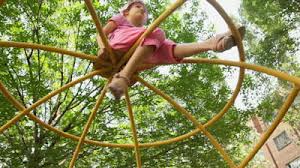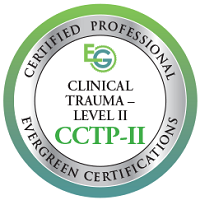Making sense of Sensory Processing Disorder
What makes sensory processing disorder so difficult to understand is that it can look really different for each child and symptoms can be contradictory. Some children are hyper-responsive and over-reactive to their environment, some children are hypo-responsive leading them to seek increased sensory stimuli, and some children have a combination of over and under responsiveness. Often, these children are described as “out of sync” with their environment (recommended reading: The Out of Sync Child by Carol Kranovitz). Here are just some examples of the types of sensory challenges faced by families:
- The Sensory Avoider: A child with tactile sensitivity writhes in discomfort in reaction to typical clothing and parents have struggle when attempting to get their children to wear something other than the well-worn sweatpants, yesterday’s t-shirt, and stretched out socks.
The Sensory Seeker: A child seeks to climb to the highest heights on the playground and
fearlessly and repeatedly jumps from the top of the structure to the ground as you and other onlookers observe with concern. Once on the ground this child crashes and bumps onto the ground and into you with a seemingly ceaseless need for contact.
The Sensory Contradiction: A child with auditory sensitivity holds her ears when confronted with a loud environment but tirelessly screams and bands on the piano at home unaware of the deafening reverberations created for the rest of the family.
Further Reading:
Raising the Highly Sensitive Child
Parenting a Child with Sensory Processing Disorder – My Story












